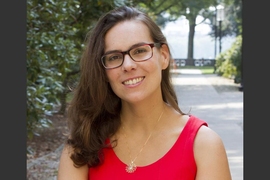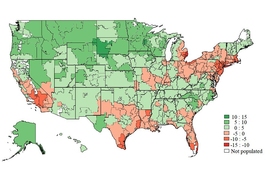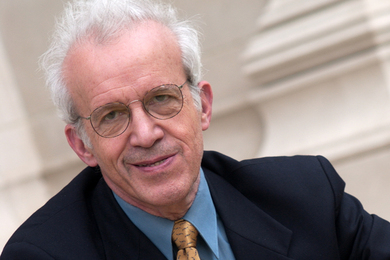As economic inequality has risen in the U.S. over the last few decades, so has health inequality. What’s driving the growth of these disparities in public health, now documented in numerous studies? In a new article, published this week in the journal Health Affairs, MIT Assistant Professor Mariana Arcaya, along with her co-author, Jose F. Figueroa of Harvard Medical School and Brigham and Women’s Hospital, takes a big-picture look at the global trends exacerbating uneven health outcomes — and urges public-health advocates to do the same. MIT News talked to Arcaya, the Charles H. and Ann E. Spaulding Career Development Assistant Professor in MIT’s Department of Urban Studies and Planning, about the need to think on large scales in public health.
Q: Your new article advocates viewing health-inequality problems through virtually the broadest lens possible. Why is that?
A: One of the main points of the article is that in the health community we often track specific health disparities. If we see a disparity in breast cancer screening among ethnic groups, for instance, we try to target a group and increase screening rates. When we notice disparities in smoking rates according to income or education, we try to come up with an intervention to address that problem.
Targeted approaches are effective in many cases. You can create interventions that reduce specific inequalities in specific health outcomes between specific groups. That’s great, and we should keep making progress that way, but we also need to be aware of what is happening more broadly, because we also face hazards that are disproportionately harming vulnerable groups or unevenly benefitting privileged groups. And those secular trends may be so powerful that the ability of targeted interventions to eliminate health inequities could be overwhelmed.
Q: In that case, what are these big trends driving health inequality?
A: The first involves technological progress in health care — anything from advances in diagnostic technologies, to new drugs, precision medicine, or wearable technologies — all of which represent positive trends but have problematic distributional effects. If clinical advances disproportionately benefit well-off groups more than the socially vulnerable, even advances in care can exacerbate health inequalities.
The second is about health care reform, such as the consequences of removing provisions from national health care policy that protect people with pre-existing conditions. About 27 percent of nonelderly adults have pre-existing conditions, and racial and ethnic minorities are disproportionately represented in that group. Weakening protections for patients with pre-existing conditions will therefore have uneven impacts by race and ethnicity.
A third is about how wealth is generated in the country … from the financialization of the economy to technological progress that puts many low-skill jobs at risk. The same trends that put people of low socioeconomic status in precarious financial positions appear to benefit those who are already well-off.
The fourth trend is focused on environmental hazards. We’re seeing an exponential increase in the number of chemicals that industries synthesize, and for a lot of them, we really don’t understand their health impacts, for example in our endocrine systems. Our public dialogue is often about what we can do as consumers to avoid chemical risks rather than regulation as a mechanism to keep us safe, but counting on consumers to know about, and to be able to afford, safer products will only increase disparities in chemical exposures. Additionally, climate change brings drought, flooding, heat waves, food insecurity, and new infectious disease risks, among other issues. The poorest and most vulnerable in society contribute least to the problem but are bearing the brunt of the impacts.
Q: Okay, there’s a lot to worry about, and these are massive trends. But what can people do on a practical level to create solutions, especially as some of these trends go well beyond the traditional boundaries of public health advocacy?
A: We recommend solutions where you can imagine a fix that works across multiple trends. We can ask: To whom do the benefits of technological progress accrue? Can health care information technology allow us to identify vulnerable patients during a heat wave? Can technology help us understand the health effects of new chemicals being synthesized? Investing in clean energy, for instance, can create jobs, help the environment, and reduce health costs for a broader range of the population.
The public health and medical communities need to join with other sectors and form policy advocacy coalitions around factors that promote social mobility: basic environmental protections, transit, health care, and education, to lower overall levels of socioeconomic inequality. What’s really driving population-level differences in health are these broad social factors. So let’s keep our eyes on that. Nobody’s solely responsible for them, and the solutions are hard, but we have to face them and think about them as health problems.










